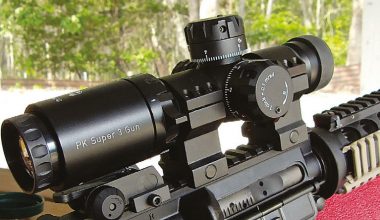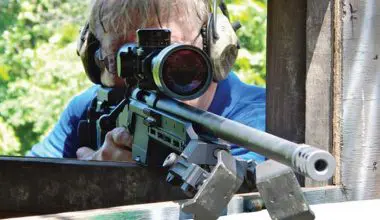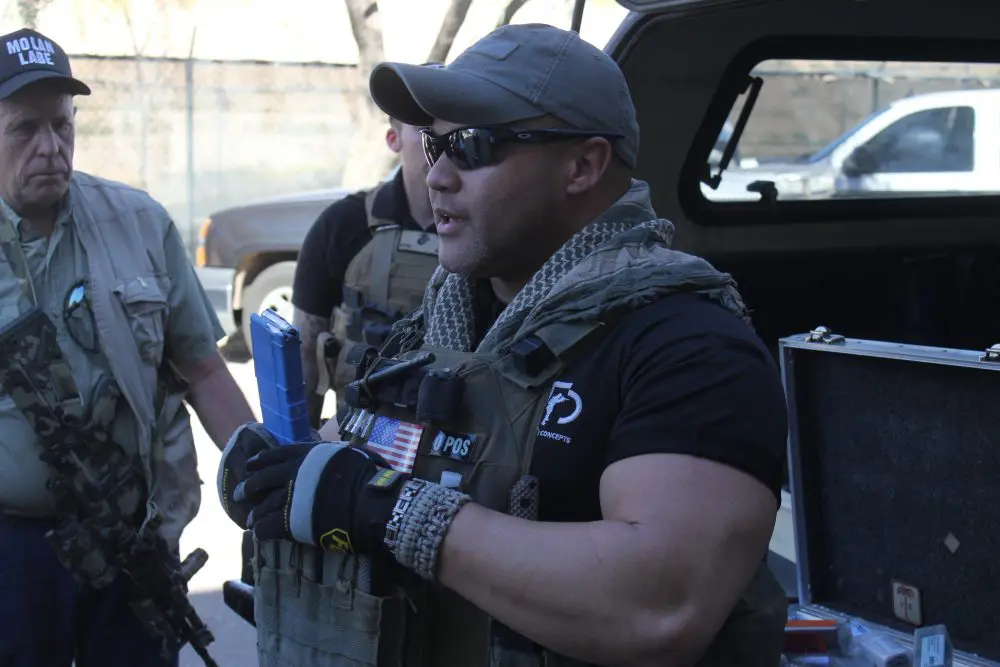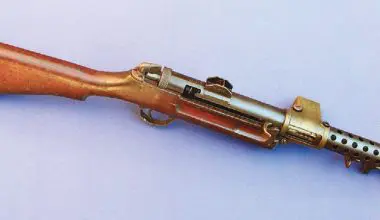I had a conversation with a friend who collects U.S. military shotguns the other day about “duckbill chokes,” or “duckbill diverters,” as they are sometimes designated.
I’ve found that when discussing the duckbills, shooters generally fall into one of three categories: those who have never heard of them, those who have heard tales of their use in Vietnam and believe they turned the combat shotgun into a death ray, and a small number who have some experience with this type of choke and can offer a fairly objective evaluation.

I fall into a fourth category: I’ve known about them for many years and know they were not a death ray, but I have only limited experience in firing a shotgun fitted with one.
As I understand it, the “spreader choke” originally resulted from a USAF bid spec, probably from the SAC Security Police. The intent was to increase the width of a shotgun pattern horizontally to increase lethality on multiple targets or a moving target. Frankford Arsenal developed various experimental spreader chokes, but the project was eventually dropped, as the choke’s effectiveness was questionable.
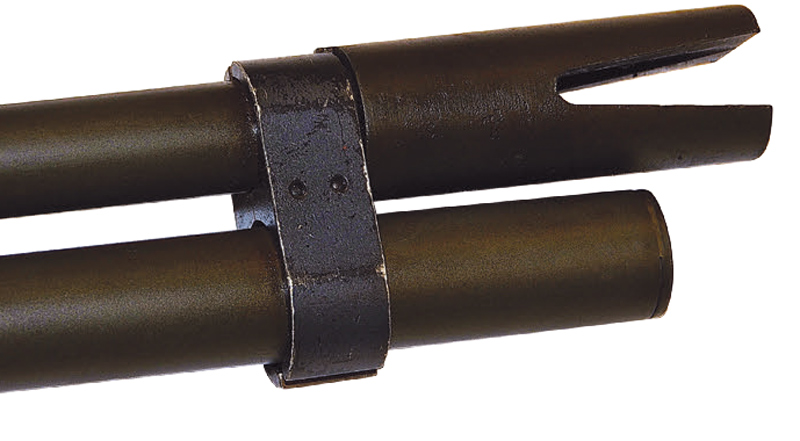
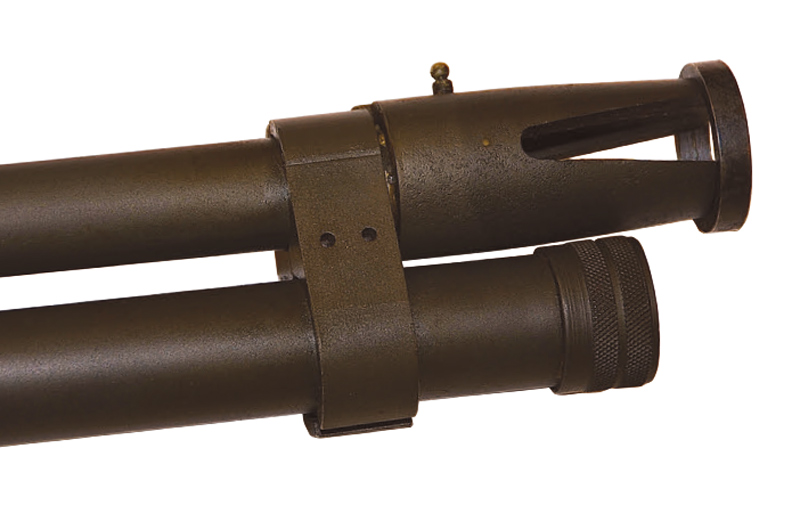
The duckbill choke was later developed for use in Vietnam by the U.S. Navy SEALs and USMC Recons. These chokes were mostly fitted to Ithaca Model 37 shotguns, though reportedly the USMC also fitted them to some Remington 870 MK1 shotguns as well.
As with the flechette rounds used in Vietnam, there were disagreements about the effectiveness of the duckbill choke. Some Navy SEALs felt they were quite effective when used in ambushes against moving targets because they increased hit probability.
The best-known SEAL who used an Ithaca 37 with a duckbill was probably Chief James “Patches” Watson, who normally employed #4 buckshot. He found it worked well against the smaller VC targets. Others did not consider them any more effective than a standard cylinder bore riot gun or trench gun. Some in the Marine Corps felt they were best suited for riot duty.
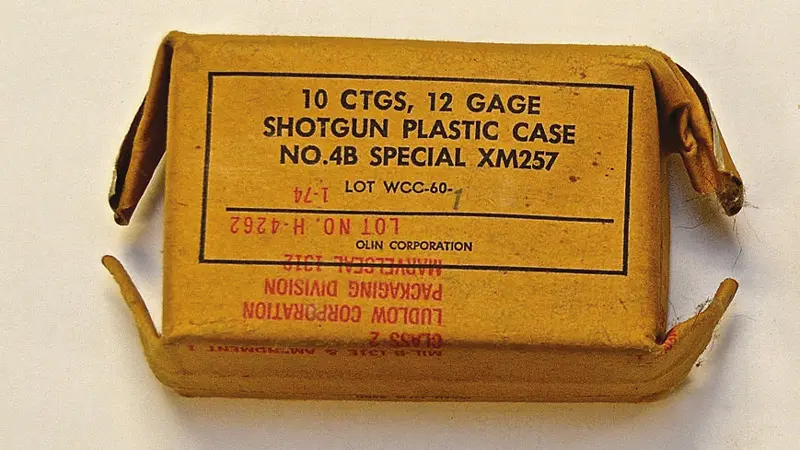
I’m not sure what type of pattern the duckbills used by the SEALs were designed to throw, but I do know that later there were two types of duckbills available—one that flattened the shot pattern to twice as wide, and one that flattened it to four times as wide. Slugs could not be used in shotguns fitted with the duckbill choke.
The most commonly seen type of duckbill choke looks like the Aflac Duck with his mouth open—to a greater or lesser degree, depending on what type of spread it’s designed for. However, I understand that after quite a bit of use, some of these choke mouths had a tendency to fracture. As a result, another type was made that had a ring around the mouth to keep the bill from flexing too much.
Although I have not tested one yet, I understand that Paradigm SRP makes a Duckbill Shotgun Spreader designated the GATOR, which has been engineered not to fracture with extensive shooting. It is recommended that #4 buckshot be used with it. This results in a pattern with a spread of up to six feet at 12 yards.
As mentioned earlier, I have had very limited experience shooting shotguns equipped with a duckbill choke. Thirty years ago or more, I had a friend who had been on Navy helicopter crews during the Vietnam War. He had an Ithaca 37 with duckbill diverter that he had acquired while in the Navy.
He brought it along one day when we went shooting and offered me the chance to shoot it. Unfortunately, he hadn’t told me he was bringing it, so I hadn’t brought any #4 buck. He had a couple boxes of 00 buck and a box of shells loaded with #4 shot.
I set up a row of five humanoid targets and at ten yards fired five rounds of 00 buck quickly, as this was one of the Model 37s without a trigger disconnect. I just held back the trigger and pumped the action. Aiming at the center target, I scored four to seven hits on each of the targets. Obviously, this would have been better with #4 buckshot. On the other hand, four or more hits with 00 buckshot would put most attackers down.
What are my conclusions? First, duckbill chokes look pretty cool and have a high CDI factor. More practically, using #4 buck, they should work well for ambushes and against moving targets. I also think there would be some application when doing searches of small boats, since an overwatch operator with a duckbill would be able to sweep away a lot of pirates.
I mainly like the idea of the duckbill as an interesting footnote to U.S. combat shotgun history, but it may have a niche application—a small niche.
